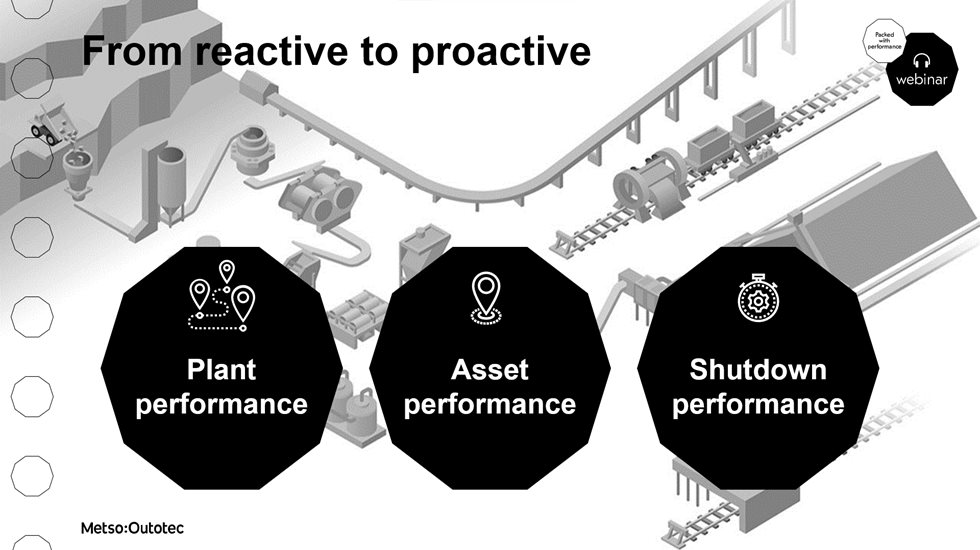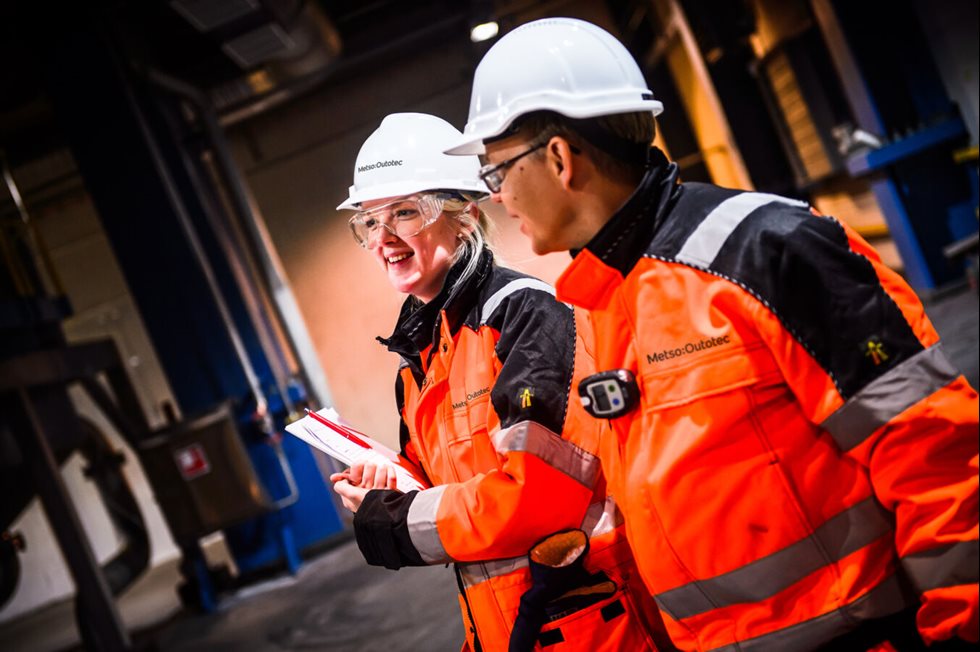Improving plant performance using RAM analysis & FMECA
Maintenance, reliability, and planning approaches plant performance improvement by using tools to maximize the availability of the process plant and equipment. The approach starts by undertaking Reliability, availability & maintainability (RAM) modeling, which simulates the configuration, operation, failure, repair, spare parts strategy, and planned maintenance of the equipment in a production system. The inputs for the RAM model include items such as component failure and repair data which is very important information to determine the available production. Part of the RAM modelling includes the use of Failure modes, effects & cause analysis (FMECA), to provide insights into the most critical part of a plant or system by evaluating the individual equipment against the probability of failure, the effect of the failure mode, and the ability to detect a failure during the design or normal operation. Once these inputs are combined and analysed, the results provide recommendations to maximize the plant or system availability, identifying the bottleneck equipment, and determining the revised production outputs.


